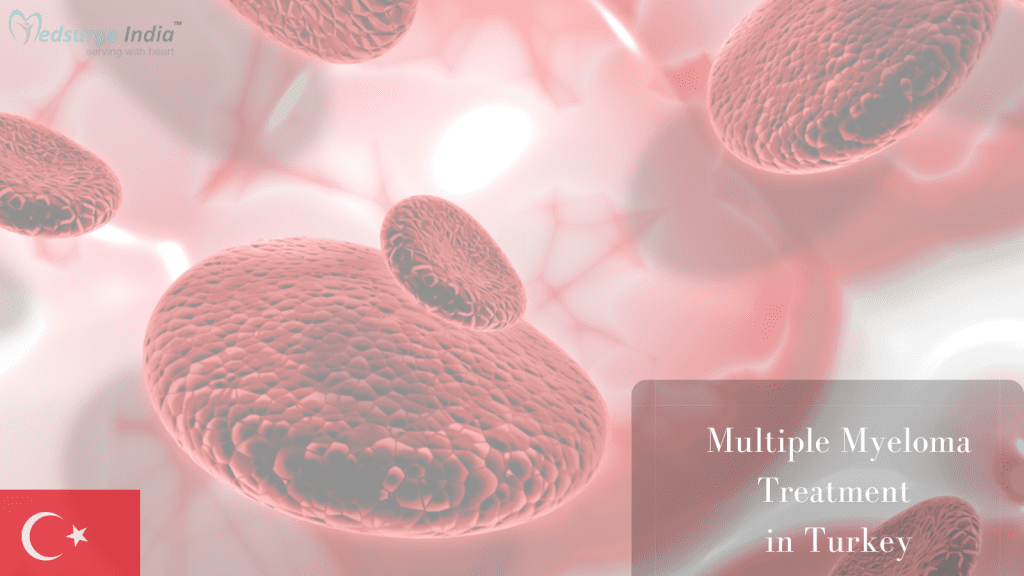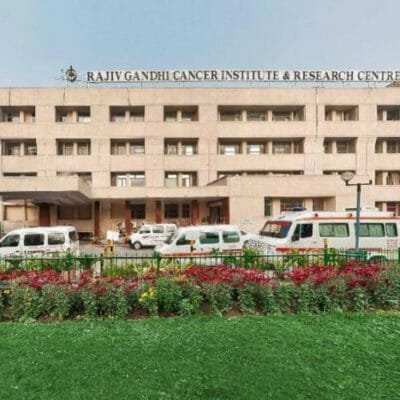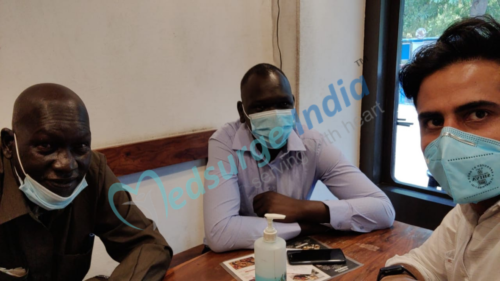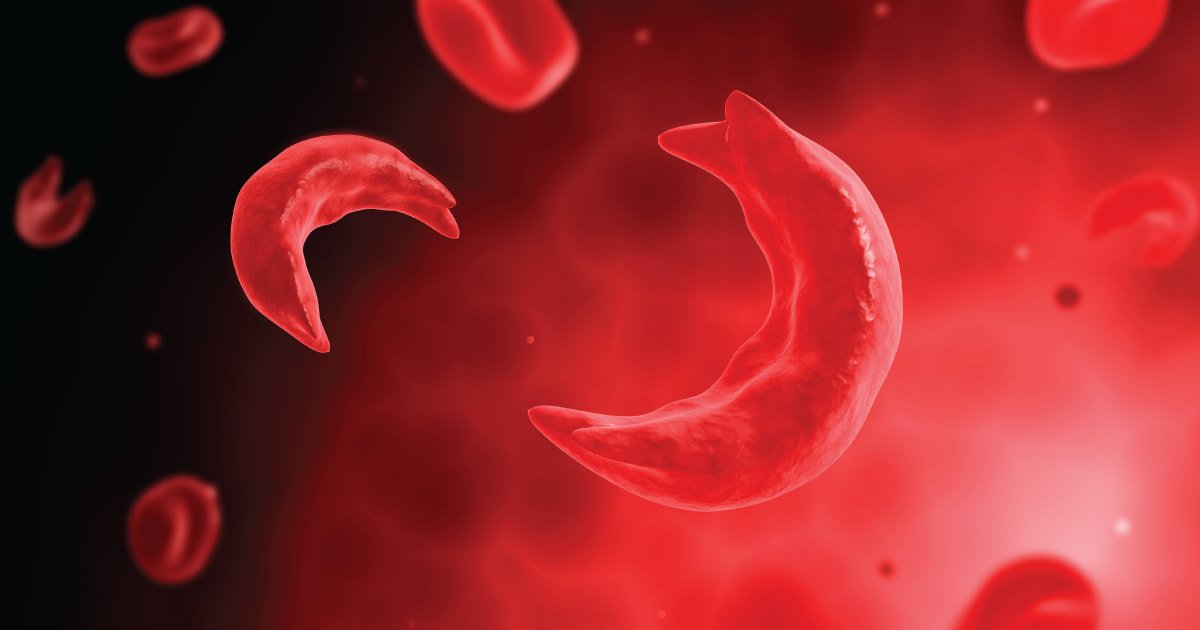
Multiple myeloma is cancer that affects plasma cells, which are white blood cells. When B-type lymphocytes react to an infection, they mature and transform into plasma cells. These plasma cells aid in infection resistance by producing antibodies that recognize and attack invading microbes. When a plasma cell becomes cancerous, it produces an abnormal protein known by a variety of names, including monoclonal immunoglobulin, monoclonal protein, spike, or para protein. There are several options for Multiple Myeloma Treatment in Turkey, such as chemotherapy, radiation therapy, immunotherapy, target drug therapy, and stem cell transplant.
When compared to countries such as the United States, Africa, and Australia, the Cost of Multiple Myeloma Treatment in Turkey is reasonable. Patients seeking treatment for multiple myeloma in Turkey hospitals are provided with affordable healthcare packages and high-quality equipment or machinery as well as the assurance of excellent treatment quality and world-class doctors.
What Is Multiple Myeloma or MM?
Multiple Myeloma (MM) is a rare bone marrow tumor that affects millions of people worldwide. If left untreated, it can lead to bone, kidney, and blood count problems, as well as infections. Myeloma typically affects people in their 60s and 70s, with men being more commonly affected.
Myeloma consist of two main sub-types:
- Hyperdiploid (HMM) are usually less aggressive.
- Non-hyperdiploid or hypodiploid are more aggressive.
Some people have no symptoms, but tests show they have conditions that could lead to multiple myeloma.
A bone marrow aspiration or bone marrow biopsy, for example, may reveal abnormal plasma cells and genetic mutations, indicating that you have smoldering multiple myeloma (SMM), an early, precancerous form of multiple myeloma. Similarly, blood and urine tests may reveal proteins produced by abnormal plasma cells. This is a condition known as monoclonal gammopathy of unknown significance (MGUS).
There is no known cure for multiple myeloma. Healthcare providers provide treatments to help people live as long as possible while maintaining their quality of life. However, there is a chance of prolonged remission. Remission is a period of time following treatment when you have no signs or symptoms of multiple myeloma.
Multiple Myeloma Treatment Cost In Turkey
The average Multiple Myeloma Treatment Cost in Turkey starts from USD 7,000. The cost of treatment is dependent upon the stage. After the treatment, the patient must shell out 15 times in the hospital and 20 days out of the hospital. Tests that are used to diagnose Multiple Myeloma are Complete Blood Count, Blood Calcium Degrees, Urine Tests, Electrophoresis, Kidney Function Tests, and Imaging Tests.
Factors That Can Affect Multiple Myeloma Treatment Cost in Turkey
Serval factors can affect the price of the treatment. Here are some of the reasons:
- The clinic or the hospital, the individual chooses.
- Fee for the Group of physicians
- Standard evaluations and diagnostic processes.
- Price of Chemotherapy/ radiotherapy
- Price of stem cell transplantation
- Cost of supportive therapy
- Duration of hospitalization and stay in the country.
What Are the Signs and Symptoms of Multiple Myeloma?
For some people with early stages, myeloma may not cause or show any symptoms. This can be discovered by doing a urine test or a blood test. It’s important, to begin with, whether the patient is experiencing any symptoms. Patients are classified with newly diagnosed myeloma as either:
- Asymptomatic- A person who does not have any symptoms or signs of the disease.
- Symptomatic- A person having symptoms and signs of the disease
Myeloma will cause a wide range of problems, such as:
- Persistent bone pain, it’s usually in the back, ribs, or hips
- tiredness, weakness, and shortness of breath
- high levels of calcium in the blood (hypercalcemia) – which may cause symptoms including extreme thirst, stomach pain, needing to pee frequently, constipation, or confusion
- weight loss
- blurred vision, dizziness, or headaches
- repeated infections
- bruising and unusual bleeding
- weak bones that break or fracture easily
- kidney problems
- Myeloma damages the bones and affects the production of new healthy blood cells.
What Are the Causes of Multiple Myeloma?
Most cases of multiple myeloma are still unknown as to how or what causes them. However, it is believed that in the majority of cases, it is caused by DNA defects that turn on cancer-causing cells called oncogenes or turn off tumor suppressor genes. In recent years, researchers have discovered that abnormalities in certain oncogenes, such as MYC, appear early in the progression of plasma cell tumors. Researchers and doctors are uncertain what causes multiple myeloma. Among the potential causes they are investigating are:
Genetic mutations: Researchers are looking into the relationship between mutating or changing oncogenes (cells that promote growth) and multiple myeloma. They’ve also discovered that most people with multiple myeloma don’t have all of the pieces of a particular chromosome.
Environmental factors: Some research suggests a link between multiple myeloma and exposure to radiation or chemicals found in pesticides, and fertilizer.
Having an inflammatory disease or condition: Heart disease, Type 2 diabetes, and rheumatoid arthritis are examples of inflammatory diseases.
Having obesity: This is having high levels of body fat.
How is Multiple Myeloma Diagnosed?
Several tests are used for diagnosing multiple myeloma or MM. However, not all of the tests described here are appropriate for every individual. When selecting a diagnostic test for you, your doctor or healthcare team may take the following factors into account:
- Type of cancer suspected
- Signs and symptoms
- Age and general health
- The results of earlier medical tests
The following tests can be used to diagnose multiple myeloma:
Blood and urine tests- These play an important role in diagnosing myeloma. Here are some following test results to determine the stage of myeloma:
- M protein
- Immunoglobulin
- Light chains.
- Serum albumin and serum beta-2 microglobulin (β2-M)
- Lactase dehydrogenases.
Examination of bone marrow or biopsy- The doctor will take a sample of bone marrow for laboratory testing.
Imaging tests- Tests include an X-ray, MRI, CT, or positron emission tomography (PET) are used to detect bone problems associated with multiple myeloma.
Complete Blood Count: This test counts the number of red and white blood cells in your blood, as well as the amount of hemoglobin in your red blood cells and the concentration of red blood cells in your blood.
Get Free Cost Estimation
Procedure
What Are the Treatment Options for Multiple Myeloma in Turkey?
Multiple myeloma is treated by healthcare providers based on your symptoms and the severity of your disease. People with MGUS, for example, usually do not require treatment, but their healthcare provider will closely monitor their overall health. They may also devise a treatment plan so that they can act quickly if symptoms arise.
If you have symptoms caused by multiple myeloma, your doctor may recommend the following treatment for multiple myeloma in Turkey:
- Steroids: Steroids in high doses can kill cancer cells and reduce inflammation.
- Chemotherapy: Chemotherapy is used by healthcare providers to reduce the number of abnormal plasma cells.
- Immunotherapy: It stimulates your immune system, causing it to produce more cancer-fighting cells.
- Radiation therapy: Radiation therapy destroys cancer cells while also reducing bone tumors.
- Stem cell transplants: Stem cells are specialized cells found in your bone marrow or blood that can aid in the production of healthy new plasma cells. Autologous stem cell transplants are typically recommended by healthcare providers. This treatment replaces damaged or unhealthy stem cells in your body with healthy stem cells. You may receive healthy plasma stem cells from a donor on rare occasions. An allogeneic stem cell transplant is being performed.
Patients with MM were previously treated with chemotherapeutic agents using traditional chemotherapy. As a result, symptoms such as vomiting and hair loss were observed. However, as treatment progresses, you will notice that myeloma patients can now live relatively normal lives. There have been many advances in recent years, such as newer drugs to treat the same disease, pills, and more targeted approaches, such as monoclonal antibodies, in the treatment of myeloma in Turkey. To treat MM, new treatments such as proteasome inhibitor monoclonal antibodies and immunomodulatory drugs are used.
The entire cost of multiple myeloma treatment in Turkey can vary depending on a number of criteria, such as:
- The price of treatment packages.
- Doctor’s competence and experience in the subject.
- The patient’s situation.
- Duration of hospitalization and stay in the country.
- Need for post-operative care.
- Hospital room classification.
Why Is Turkey Such a Popular Cancer Treatment Destination?
Turkey is a well-known medical tourism destination worldwide. When it comes to cultural and historical attractiveness, the country ranks first. Furthermore, the scenery makes medical tourists feel at ease throughout their treatment, increasing their chances of success and positive outcomes. Furthermore, Turkey’s hospital infrastructure, the result of years of large-scale public and private sector investments, has attracted a significant number of international patients.
According to the Turkish Healthcare Travel Council, in 2017, the country’s medical services were provided to approximately 765,000 patients from 144 countries. Turkey also has excellent international connectivity. Airlines increase the number of flights to Turkey with each passing year. Turkish Airlines has been offering significantly reduced flight fares.
Helpful – Medical Visa For Turkey
Suggestion
Multiple myeloma is a rare blood cancer of the plasma cells. While doctors cannot cure multiple myeloma, they can treat related conditions and symptoms and slow its progression. Some people have had multiple myeloma for many years. Others have remission-stage multiple myeloma. In any case, living with cancer that does not go away or may return is difficult. Living with cancer means dealing with treatment and tests for the rest of your life. Your doctor understands the difficulties that come with having multiple myeloma. As you learn to live with multiple myeloma, ask for their assistance. They will gladly recommend beneficial services and programs.
How Can Medsurge India Help?
Medsurge India is a prestigious support system for patients looking for doctors, hospitals, and specialized treatments. We’ll find the most suitable medical options for you. Regarding your medical issues, our team will give you a list of certified, reputable, and trusted doctors and hospitals. Additionally, we offer a treatment strategy that fits your budget. Apart, we assist patients with obtaining travel authorizations, medical visas, and a multitude of other things.
The Most Important Frequently Asked Questions
Q: What Exactly Causes Multiple Myeloma?
A: It is unknown what causes myeloma. Myeloma is known to start with one abnormal plasma cell in your bone marrow — the soft, blood-producing tissue that fills the center of the majority of your bones. The abnormal cell proliferates rapidly.
Q: What Is the Most Common First Symptom of Multiple Myeloma?
A: Multiple myeloma causes a variety of symptoms, the most common of which is bone pain. Other symptoms include arm and leg weakness and/or a numb sensation in your arms and legs. Multiple myeloma can cause the bones in your spine to collapse and press against your spinal cord.
Q: What Is the Severity of Multiple Myeloma?
A: Multiple myeloma is a type of blood cancer also known as Kahler’s disease. There is no cure, but treatments can slow its spread and, in some cases, eliminate symptoms. A plasma cell is a type of white blood cell that produces antibodies that help your body fight infections.
Q: How Do You Feel About Multiple Myeloma?
A: Multiple myeloma can cause pain in the affected bones, which are typically the back, ribs, or hips. The pain is frequently a dull ache that is exacerbated by movement.
Q: Is Myeloma Considered a Terminal Disease?
A: Although multiple myeloma cannot be cured, patients can live with it for years. Recent advancements in treatment have transformed it into a chronic, long-term illness that can be managed with proper care.















































